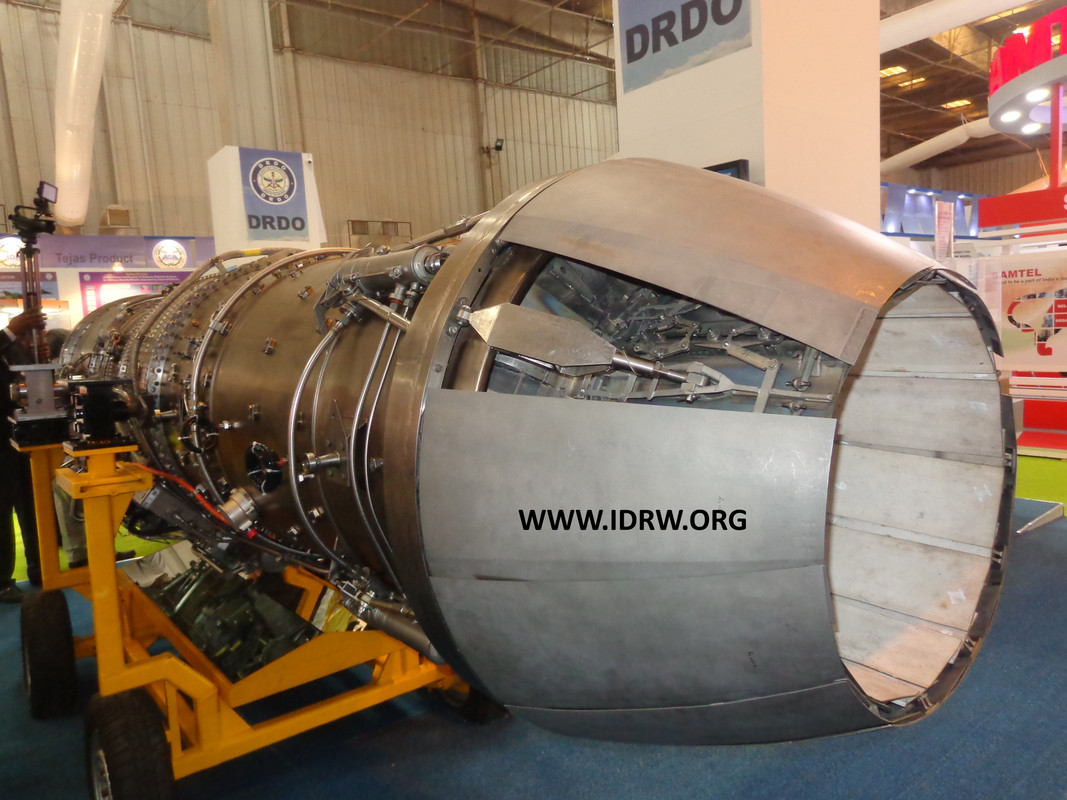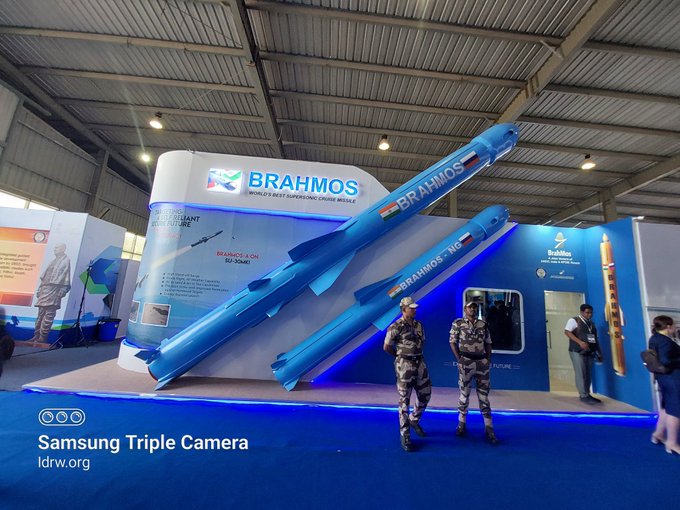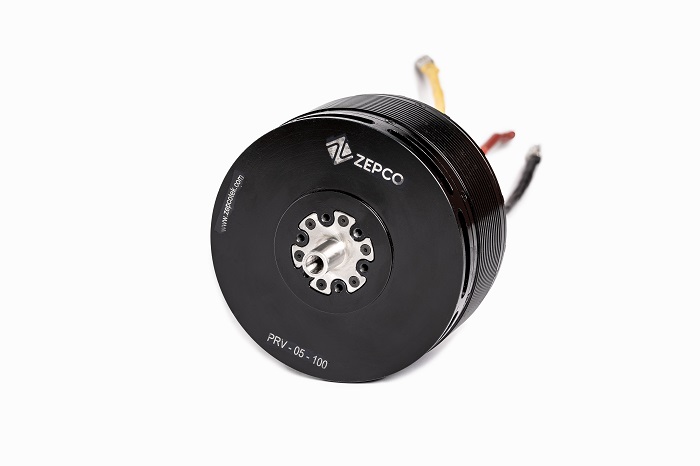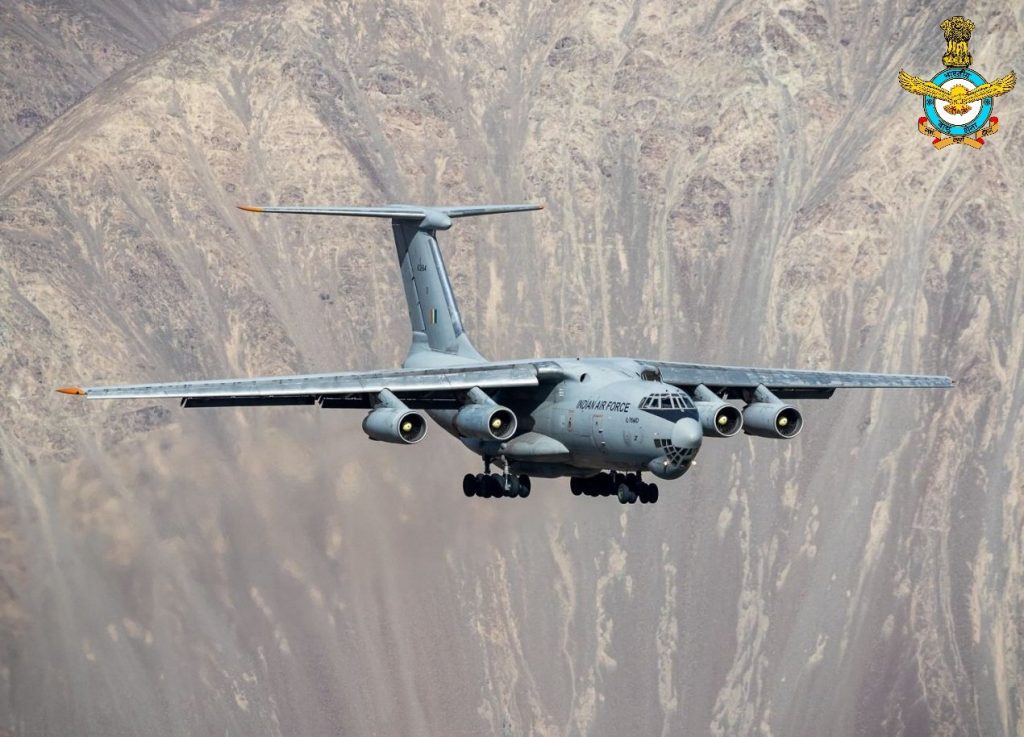AFI
SOURCE: AFI

India’s self-reliance efforts in defense received a significant boost with the successful development of AI-powered tools for data assessment and active learning for visual data by ChiStats Labs Pvt. Ltd. This achievement comes courtesy of the Technology Development Fund (TDF) scheme, a flagship program of the Ministry of Defence (MoD) executed by the Defence Research and Development Organisation (DRDO).
ChiStats Labs, a Pune-based data science and AI startup, emerged as the winner of DRDO’s Dare to Dream 2.0 Innovation contest. Through the TDF scheme, they received critical support to develop this groundbreaking technology. Notably, ChiStats Labs is not the first success story under the TDF scheme, which has fostered innovation and empowered startups and MSMEs to contribute to India’s defense sector.
Continue readingSOURCE: AFI

India’s Defense Research and Development Organisation (DRDO) is currently developing an interferometric fiber-optic gyroscope (FOG)-based Inertial Navigation System (INS) for the BrahMos missile, marking a significant leap in indigenous navigation technology. This advanced INS system will further enhance the precision and reliability of BrahMos, already one of the world’s fastest supersonic cruise missiles.
Inertial Navigation Systems (INS) play a critical role in modern missile systems, enabling them to navigate with high accuracy, especially in environments where external signals like GPS are either unavailable or compromised. INS units utilize sensors like gyroscopes and accelerometers to track the position, orientation, and velocity of the missile without relying on external references. However, traditional mechanical gyroscopes have limitations in terms of size, accuracy, and reliability.
Continue readingSOURCE: AFI

India is taking a major leap in its space ambitions with the planned launch of its own space station, named the Bharatiya Antariksh Station, by 2035. The proposal for the project was recently cleared by the Union government, marking a significant milestone in the Indian Space Research Organisation’s (ISRO) journey toward establishing a permanent human presence in space.
The Bharatiya Antariksh Station will be developed through a series of modular launches, taking advantage of ISRO’s current launch capabilities. According to ISRO Chief S. Somanath, the initial phase of the space station’s deployment will focus on robotic operations. “We are planning it’ll be more robotic in nature because most of the work is done by robots now,” he stated, emphasizing the shift toward automation and the growing use of robotic systems in space exploration.
Continue readingSOURCE: AFI

The Indian Army is actively pursuing the development of long-range rockets capable of striking targets over 300 kilometers away. This strategic move is driven by the increasing effectiveness of such weapons, as demonstrated in the ongoing Ukraine-Russia conflict.
The Indian Army’s indigenous Pinaka rocket system is currently undergoing modifications to enhance its range and capabilities. According to Lieutenant General Adosh Kumar, Director General Artillery, the goal is to extend the range of existing Pinaka systems by nearly four times to meet operational requirements.
Continue readingSOURCE: AFI
)
Cutting across various sections of society, people in Telangana have urged the government to save the Damagundam forests in Vikarabad district by relocating the proposed Indian Navy radar station to a different site. The concerns stem from environmental and conservationist efforts to protect the forested area, which is now slated for a crucial military installation.
The Indian Navy has identified Telangana as a key base for its second Very Low Frequency (VLF) communication transmission station. This station, crucial for communication with naval ships and submarines, will be established in the Damagundam forest area near Puduru in Vikarabad Mandal. The new installation will complement the first VLF station, INS Kattabomman in Tirunelveli, Tamil Nadu, which has been operational since 1990 and serves as a vital communication link for the Navy.
Continue readingSOURCE: AFI

Zepco Technologies, a deep-tech startup based in Bengaluru, has achieved a significant milestone in the field of propulsion technology. The company’s advanced propulsion system has successfully powered a world record-setting high-altitude flight of an unmanned aerial vehicle (UAV) carrying a heavy payload.
Designed, developed, and manufactured entirely in Bengaluru, Zepco’s indigenous propulsion system lifted a UAV with a 30 kg payload to an astonishing launch altitude of 19,024 feet at Umling La Pass, the highest motorable pass in the world. The total takeoff weight of 100 kg showcased the motors’ exceptional performance in challenging conditions with rarified air.
Continue readingSOURCE: AFI

A gathering of naval air power from across the Indo-Pacific region took place at RAAF Base Darwin during Exercise Kakadu 2024. Representatives from the Australian Air Force, Australian Navy, US Navy, Japan Maritime Self-Defense Force (JMSDF), Republic of Singapore Air Force (RSAF), and Indian Navy came together for a group photo to commemorate their participation in the multinational naval exercise.
The exercise showcased a diverse range of maritime patrol aircraft (MPAs) from the participating nations. The Indian Navy and Australian Navy proudly displayed their P-8 and P8I MPAs, while the Japan Maritime Self-Defense Force (JMSDF) showcased its Kawasaki P-1 MPA. The US Navy also contributed its P-8A MPA to the exercise.
Continue readingSOURCE: AFI

Russia has proposed to equip its Aviadvigatel PS-90 engines on the 17 Il-76MD transport aircraft operated by the Indian Air Force (IAF). This offer comes as the IAF plans to overhaul the aircraft and extend their service life.
Currently, the 17 Il-76MD transport aircraft are powered by the older Soloviev D-30KP-1 turbofans. However, six Il-78 and three A-50 aircraft, acquired by the IAF at later stages, are already equipped with the Aviadvigatel PS-90 engines.
Continue readingSOURCE: AFI

PTC Industries Limited, a renowned manufacturer of high-quality engineering metal components, has announced a significant production order from BAE Systems. The order involves supplying Titanium castings for the M777 Ultra-Lightweight Howitzer (ULH), specifically for parts like Spade Trails and Blades.
The development of these castings took two years, marking a major milestone in PTC Industries’ relationship with BAE Systems. This order demonstrates the company’s technological capabilities in producing critical components for advanced defense systems.
Continue readingSOURCE: AFI

The Defence Metallurgical Research Laboratory (DMRL) has successfully transferred technologies for two steel products to M/s Arcelor Mittal Nippon Steel India Limited, Surat. These technologies include DMR 249A Steel Sheets & Plates and DMR1700 Mill Forms.
DMR 249A is a low carbon micro-alloyed steel grade with exceptional toughness at sub-zero temperatures. It is widely used in shipbuilding due to its superior mechanical properties. However, DMR 249A exhibits poor corrosion resistance.
Continue readingSOURCE: AFI

The Ministry of Corporate Affairs (MCA) has given its nod to the formation of “BEL IAI AeroSystems Private Limited,” a joint venture between Bharat Electronics Limited (BEL) and Israel Aerospace Industries Limited (IAI).
This new entity will be responsible for providing comprehensive product support, including repair and maintenance services, for the Medium-Range Surface to Air Missile (MRSAM) System deployed in India. BEL holds a 40% stake in the joint venture, while IAI owns the remaining 60%.
Continue readingSOURCE: AFI

Lt Gen Adosh Kumar, Director General of Artillery, has emphasized the Indian Army’s desire to procure a diverse range of 155mm guns and ammunition to ensure sustained combat readiness. The Army aims to achieve indigenous production of various types of 155mm ammunition to support its artillery systems.
India’s 155mm shell-making capacity is poised for a significant expansion, with the private sector alone expected to produce over 3 lakh shells annually by the financial year 2027. However, this output falls short of the Army’s requirements in the event of a full-scale war.
Continue readingSOURCE: AFI

India’s Tata Motors has signed a significant agreement with the Moroccan government to establish a factory for the production of military equipment. This factory will primarily focus on manufacturing the Wheeled Armoured Platform (WHAP) 8×8 infantry fighting vehicle (IFV), which will be used to equip the Moroccan Land Forces.
This marks a major expansion of Tata’s presence in the African defense market. Last year, the Royal Moroccan Army received 90 units of 6×6 trucks from India, manufactured by Tata. The new factory, to be located in Casablanca, will be India’s first overseas defense manufacturing plant.
Continue readingSOURCE: AFI

The Indian government’s plans to jointly manufacture Stryker eight-wheeled armored fighting vehicles in India have ignited a heated debate within the country’s defense community. Critics argue that the decision to import a foreign-made vehicle, despite the availability of local alternatives like the WHAP developed by DRDO, is a flawed strategy that undermines India’s self-reliance in defense manufacturing.
The government and the armed forces have yet to provide a clear explanation for their decision to opt for the Stryker. While the opposition parties raised concerns about the inflated cost of the Rafale fighter jet deal, they have curiously remained silent on the Stryker procurement. This lack of scrutiny from both sides of the political spectrum has raised eyebrows and fueled speculation about the underlying reasons for the decision.
Continue readingSOURCE: AFI

The Indian Army has placed a significant order for nearly 700 Trinetra drones, an indigenized version of a popular American drone used by the US Department of Defense.
Originally developed by the Silicon Valley startup Skydio, the drones have been adapted for Indian requirements by the Coimbatore-based firm AeroArc. The Trinetra drones are based on the Skydio Scout, an autonomous flight system that offers operators enhanced situational awareness without requiring manual control.
Continue reading